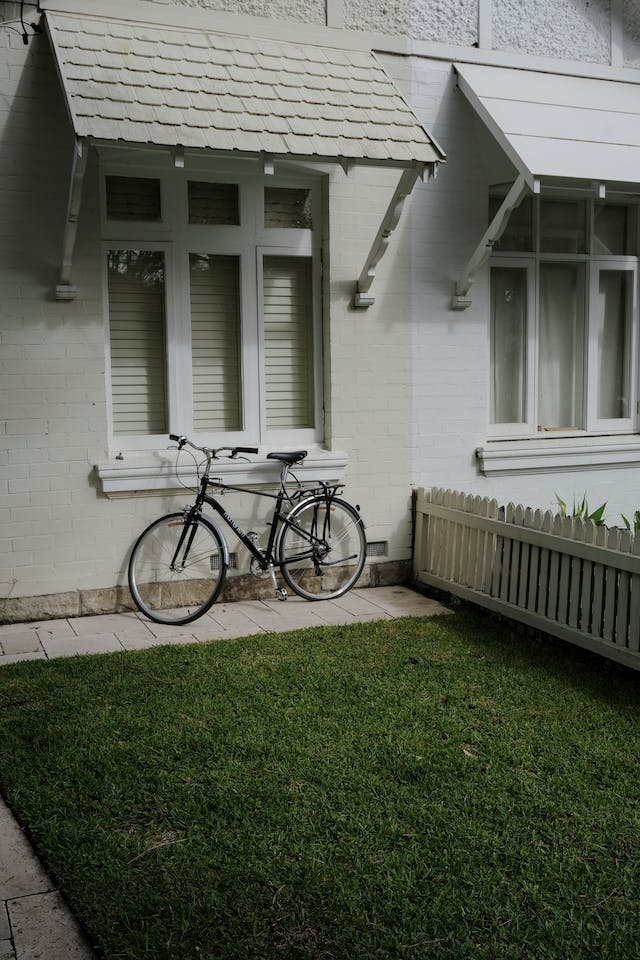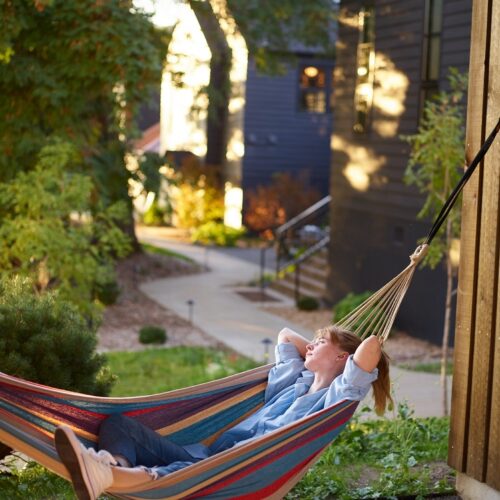
Selecting the perfect fence style for your home is more than just a practical decision—it’s a choice that can significantly enhance your home’s curb appeal and add to its value. Whether it’s for privacy, security, aesthetics, or boundary-setting purposes, the right fence complements your home’s architecture and the character of your neighborhood.
In this guide, we’ll explore crucial considerations to help you choose a fence style that not only meets your functional needs but also harmonizes with your taste and the overall look of your home.
Assess Your Needs
Before looking into fence styles, it’s essential to determine the primary purpose of your fence. Consider factors such as privacy, security, and maintenance requirements while identifying which features are most important to you. Understanding your needs will help narrow down your options and make the selection process much easier.
Types of Fences
Fences come in various materials, styles, and designs to meet individual needs. Here are some of the most popular types of fences:
- Wood Fences: Natural and versatile, wood fences offer a timeless look that complements any home design. They come in different shapes, sizes, colors, and textures to suit various tastes.
- Vinyl Fences: A popular alternative to wood, vinyl fences require minimal maintenance and come in various styles, including picket, privacy, and post-and-rail.
- Aluminum Fences: Durable and lightweight, aluminum fences provide an elegant look without sacrificing security. They are available in various ornamental designs to add character to your home.
- Chain Link Fences: One of the most affordable options, chain link fences provide security without blocking the view. They are also low maintenance and come in various colors to match your home’s exterior.
- Wrought Iron Fences: These classic, ornamental fences add a touch of elegance and sophistication to any property. However, they require regular maintenance to prevent rust.
Consider Your Landscape
The layout of your landscape can also influence your fence style selection. For instance, if you have a sloping yard, stepped fences may be the best option, while flat yards can accommodate any type of fence. It’s essential to choose a fence that complements and enhances the natural features of your landscape.

Check Local Regulations
Before deciding on a specific fence style, it’s crucial to check with your local authorities regarding any regulations or restrictions. Some neighborhoods may have specific height and material requirements, so it’s best to confirm before making a purchase. Find out more by talking to professionals in your area.
Additional Factors to Consider
When selecting a fence for your home, there are several other factors to keep in mind:
- Durability and Maintenance: The longevity of your fence will depend on the materials used and the level of maintenance you are willing to undertake. For example, although wood fences can be treated for weather resistance, they may still require regular staining or painting. On the other hand, materials like vinyl and aluminum offer durability with virtually no upkeep.
- Budget: Your available budget is a crucial determinant of the fence style you can afford. While wrought iron offers aesthetic appeal, it can be quite costly, making options like wood or chain link more budget-friendly choices. It’s important to consider not just the initial cost but also long-term maintenance expenses.
- Aesthetic Compatibility: Ensure that the fence style complements your home’s architecture. A fence should enhance the visual appeal of your property, so look for styles that match the era and design of your house. For example, a modern home may benefit from a minimalist metal fence, while a traditional cottage might be best suited for a classic picket fence.
- Privacy: If privacy is a priority, consider styles that offer solid barriers with minimal gaps, such as privacy fences made from wood or vinyl. The height of the fence also plays a role in how much privacy it provides.
- Climate and Weather: Factor in your local climate, as it can influence the best choice of material for your fence. Areas prone to high winds might require sturdy materials and design, whereas humid climates could lead to quicker deterioration of certain materials, like untreated wood.
- Personal Preferences and Lifestyle: Your lifestyle and personal preferences should guide your final choice. If you enjoy gardening, for instance, a fence that allows climbing plants could be appealing. For pet owners, a fence with no space underneath and a sturdy design could be more practical to prevent pets from escaping.
Conclusion
Choosing the right fence style for your home involves a careful balance of functional needs, personal preferences, and budget.
By assessing your needs, considering your landscape and local regulations, as well as factoring in additional important elements like durability and aesthetic compatibility, you can make an informed decision that will enhance both the look and functionality of your property.
So, before making any hasty decisions, take the time to research and explore different options to find the perfect fence style that will truly complement your home.
© Copyright 2024 Antonia, All rights Reserved. Written For: Tidylife


Leave a Reply